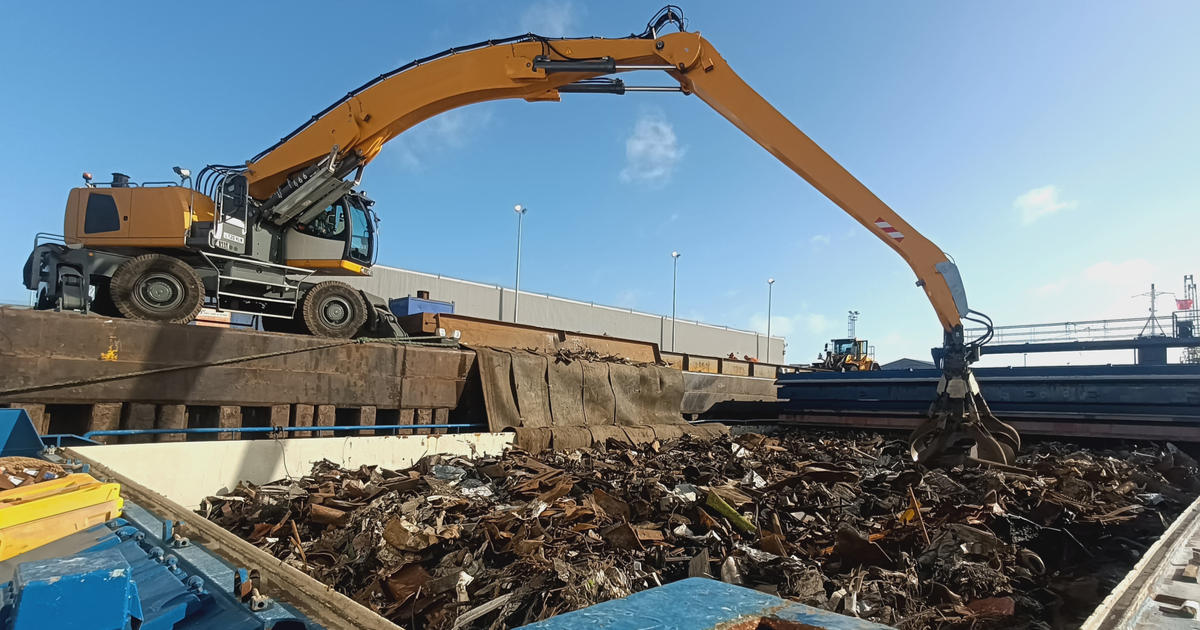Global scrap prices stabilized in early July
Raw Material
10 Jul 2024 12:25 PM IST
GMK Centre
The first week of July 2024 saw a modest increase in scrap prices throughout most locations, or they remained unchanged. The majority of market players forecast that prices will remain unchanged in the near future, as there are no conditions for the development of a stable price trend.
It is anticipated that Turkish steel producers will shortly join the market to buy shipments in August. Pent-up demand is expected to keep prices at $390/t or even rise by $10/t, despite the mills' best efforts to drive down prices. Since the beginning of July, the price of HMS 1/2 Scrap (80:20) scrap in North America has increased by 0.6% to $364/t. The market quotations for raw materials rose by 2.3% in June. The price level has been at its highest point since early April.
In July, sentiment in the US scrap market remained low. Negative projections are prevalent despite divergent predictions, driven by decreased local steel prices and the suspension of supplies of previously ordered steel items. Market members anticipate that prices for high-quality scrap will remain steady compared to June, while lower-quality grades will fall by $20/t.
The European scrap market is showing a mixed trend. In Germany, prices for E3 scrap have risen by 1.4% since the beginning of July. Despite a slight increase in prices in Germany, the local market remains largely stable due to unchanged domestic and export demand. Most market participants do not expect any changes in scrap prices in Germany in the coming weeks, but if export demand continues to grow, some increase is possible.
In Italy, scrap prices fell mainly due to low sales of flat and long products. Steelmakers are putting pressure on raw material suppliers to restore some of their profits. The third quarter is expected to be challenging for the scrap market due to a slowdown in end-user activity.
Since the beginning of July, prices for Chinese scrap have increased slightly by 1.3% to $377.3/t. At the same time, dynamics were negative in June, with prices declining 3.1%. The current increase in pricing results from a decrease in supply brought on by bad weather that makes it challenging to gather raw materials and transport them to steel mills. This resulted in scrap shortages in various areas of the country.
